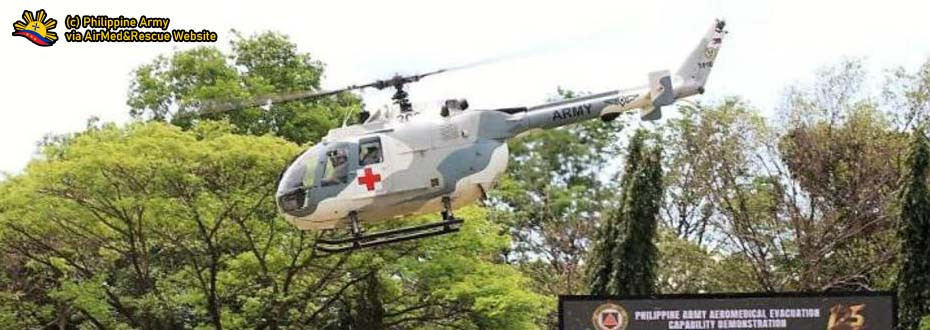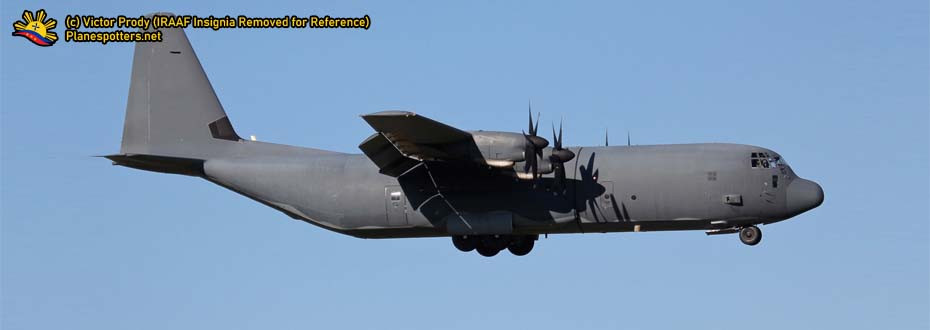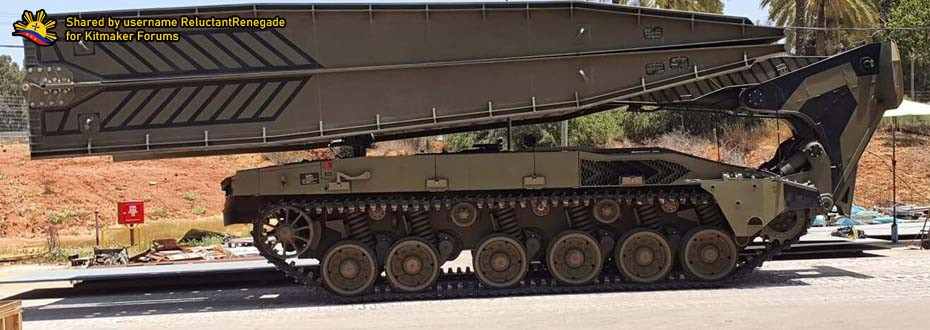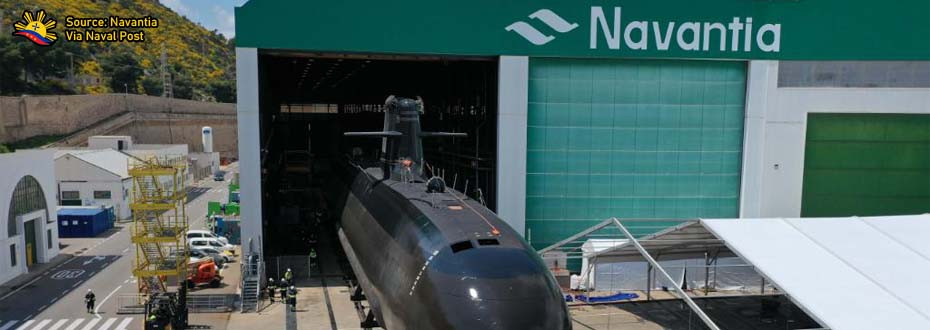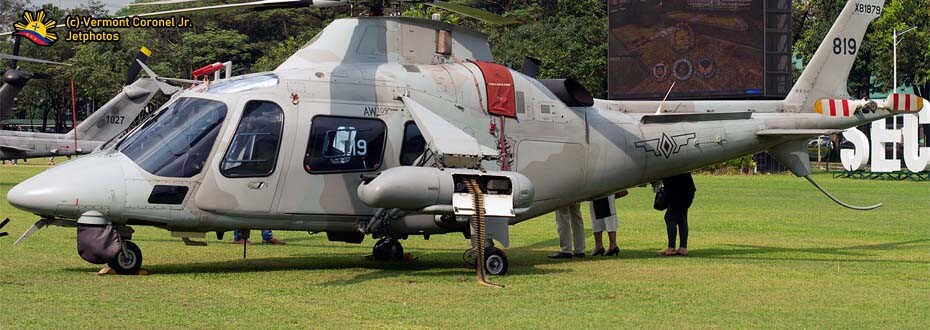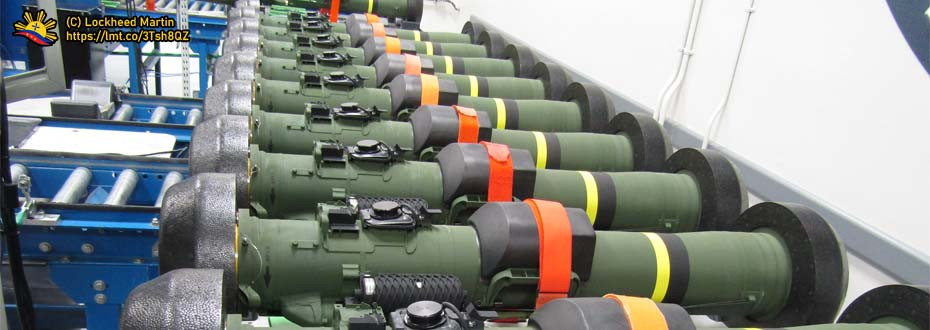DISCUSSION OVERVIEW
 |
| Before the MRFs will be delivered to PAF, its current fighter jet is composed of FA-50PH LIFT aircraft from South Korea. Photo Source |
These fighter jets or Lead-in Fighter Trainers in PAF's vocabulary proves its worth in the organization wherein in the case of conflict that takes place, its pilots gain the knowledge to the way the aircraft operates as well as for the ground crew about its maintenance.
Before proceeding to the main discussion of this topic, we may recommend everyone to read this article about The Role of FA-50PH as Both Trainer and Light Fighter on this website. It is worth taking note that the FA-50 obtains the potential to have such feature in each unit in terms of detection that the installation of Beyond Visual Range may enhance the performance of these birds in the process, even on the article aforementioned wherein the idea of having EL/M 2032 radars fitted on the jet is a good idea where it can support both Derby and Python missiles, the same munitions that can be found on the SPYDER Ground-Based Air Defense Systems which is the candidate for the project for ground-based air defense.
While that idea of streamlining logistics and enhancing capabilities for the FA-50PH or the T-50 Family of the Korean Aerospace Industries in terms of sensors may be interesting on its worth, the fact remains that these airframes lack the capacity for BVR detection as it is designed primarily as a Lead-In Fighter Trainer in a way that the Philippine Air Force wants it.
So, this discussion will aim more on what it will be for the FA-50s if it will be fitted with upgrades such as the Beyond Visual Range radar system. From there, details and ideas will be provided in which each point will be based on factual figures and data that will be gathered from notable outlets for us to see a clear image of possible outcomes.
THE NATURE OF BEYOND VISUAL RANGE CAPABILITY
 |
| The Elta EL/M 2032 Fire Control Radar. It is an ideal sensory system for jets if it comes with Derby and Python Missiles as Munitions. Photo Source. |
In the photo above, the IAI Elta EL/M 2032 Fire Control Radar is an aircraft-oriented sensory system that is meant to work alongside fellow Israeli-made missiles such as the Derby Beyond Visual Range Air to Air Missile. Let us take note once again that this missile also serves as a munition in the SPYDER Ground-Based Missile System that the Philippine Air Force together with the Department of National Defense chooses to have for this project that will be operated under 780th GBADG.
To understand the concept, the example goes like this: An aircraft is part of a system which in the Philippines case will be the Philippine Air Defense System or PADS which aims to have that Area Awareness 1 status by the year 2028. Now, an aircraft interceptor such as an MRF or in this case, the FA-50PH will scramble in the event of an intrusion. Take note that in the usual situation, it involves a series of procedures or some doctrine-based rules of engagement to what proper actions that the pilot will take in situations like this so as not to create any mistakes that will spark any tensions.
Aside from the sensors and missiles fitted in the aircraft, the network in itself is also vital where the situation for beyond visual range combat comes with complex ways of doing things. This document provided by the Brazilian Air Force on their assessment on beyond visual range combat, situational awareness, and complex decision-making measures shall obtain by pilots to have an accurate picture of the battlefield as well as to focus on their mission by determining which targets are given to be destroyed.
Moreover, data exchange is very essential on this matter where data links and continuous exchange of up-to-date between the aircraft and other units across the network like ground-based radar detection systems are needed for proper coordination which may lead to a better outcome wherein different units play their role within the system that aims to keep the airspace as much as secure as possible by keeping any intruders at bay, if not blasting them out of existence when deemed necessary.
THE REPORTS ON KAI UPGRADING FA-50s to Block 10 and 20 VARIANTS
 |
| The KAI production line of its own products - from FA-50s to KUH-1 Surion Combat Utility Helicopters. From AINOnline Website. |
And here is the recent news from AINOnline reporting of what it will be the development of the FA-50 Golden Eagle by KAI to become more sophisticated than the ones in the present service. This involves fitting the jets with the AN/AAQ-33 targeting pods from Lockheed Martin which are intended to increase accuracy for munitions aiming for ground-based targets, the same thing that the Philippines did in their FA-50PH against Maute-ISIS in the Marawi conflict.
This is expected as Korean Aerospace Industries projects additional orders from the Southeast Asian Region for years to come in terms of T-50 family purchases. In the Philippine context, original procurement plans called for at least 36 Light Combat Aircraft / Lead-in Fighter Trainer in the form of FA-50s, which will go alongside the original format of 48 Multirole Fighters as part of the 2028 Flight Plan.
So, this development is something that needs a close watch for years to come so as the fact that the Korean Aerospace Industries introducing upgrades on their FA-50s definitely help a lot when it comes to the capabilities of Air Forces such as those of the Philippines where their assets simply become more effective when it comes to carrying out a duty when it is needed in a battlefield or in other roles that it is found suited.
Hence, things will remain to be seen to the progress that their development program will undertake as well as for the time period and future orders to carry out wherein doing so may mean additional sales pitch for their product that in the process benefit both the supplier and the buyer in a way that it only does not benefit the latter in the things aforementioned when it comes to its performance but also to the bagging of contracts which will propel the former to the new heights when it comes to profitability.
ON THE RECENT US-PHL AIR EXERCISE INVOLVING FA-50s
 |
| U.S. Air Force F-16 Fighting Falcon egress mechanics pose alongside Philippine Air Force FA-50 egress mechanics upon completion of a subject matter expert exchange during Bilateral Air Contingent Exchange-Philippines (BACE-P) at Cesar Basa Air Base, Philippines, Jan. 22, 2019. From DVIDSHUB website. |
On this report, as provided by DVIDS or Defense Visual Information and Distributions Service from the United States Armed Forces, the FA-50s were used by the Philippine Air Force along with their counterparts and their F-16s as platforms to conduct their activities ranging from air combat operations to systems mechanic such as the one depicted in the image above with an FA-50PH jet in the background.
From here, it is a nice, satisfiable thing especially for the FA-50PH being served as a platform for PAF to participate in such exercises given that this jet, although with a light combat trainer jet in nature still obtains that attribute that makes it an ideal thing to be a step platform before the pilots embark to the Multirole Fighter jets that the government and the Philippine Air Force aspires as they seek for a dozen units as part of the Horizon 2 initiative.
More unto this, there goes the plan for enhancing some of the FA-50PH where going along with what the Korean Aerospace Industries aspires is something that will make these lead-in fighter trainer assets more capable than ever, improving the performance of the Air Force as an organization as these assets will help provide the effectiveness in achieving the primary objectives.
In this case, perhaps this kind of exercise may help PAF in terms of acquiring knowledge in terms of adapting or understanding the use of Beyond Visual Range systems alongside other things that may be considered new capabilities of the organization such as air refueling. Perhaps time will come where these upgrades are already incorporated or the necessary material is already in the Air Force inventory. From there comes the desire to enhancing the performance of this military branch for the better.
IN SUMMARY
 |
| There are chances of incorporating T/X program developments to newer variants of the FA-50s, depending on the discretion of the manufacturer. Photo Source. |
From there alone comes the chance and as well the opportunity that these lead-in fighter trainers may gain sensors and firepower wherein it will become a more formidable player within the organization where its enhanced performance may help the organization improve its operations especially in combat.
To wrap this up, it all remains to be seen to what direction this progress may take with regards to improving proven platforms such as the FA-50PH. Nevertheless, it may be said that the future is a bit bright here wherein the planning, ones it pushes through will be a win-win for all of those who are involved, especially the supplier and the end-user.








